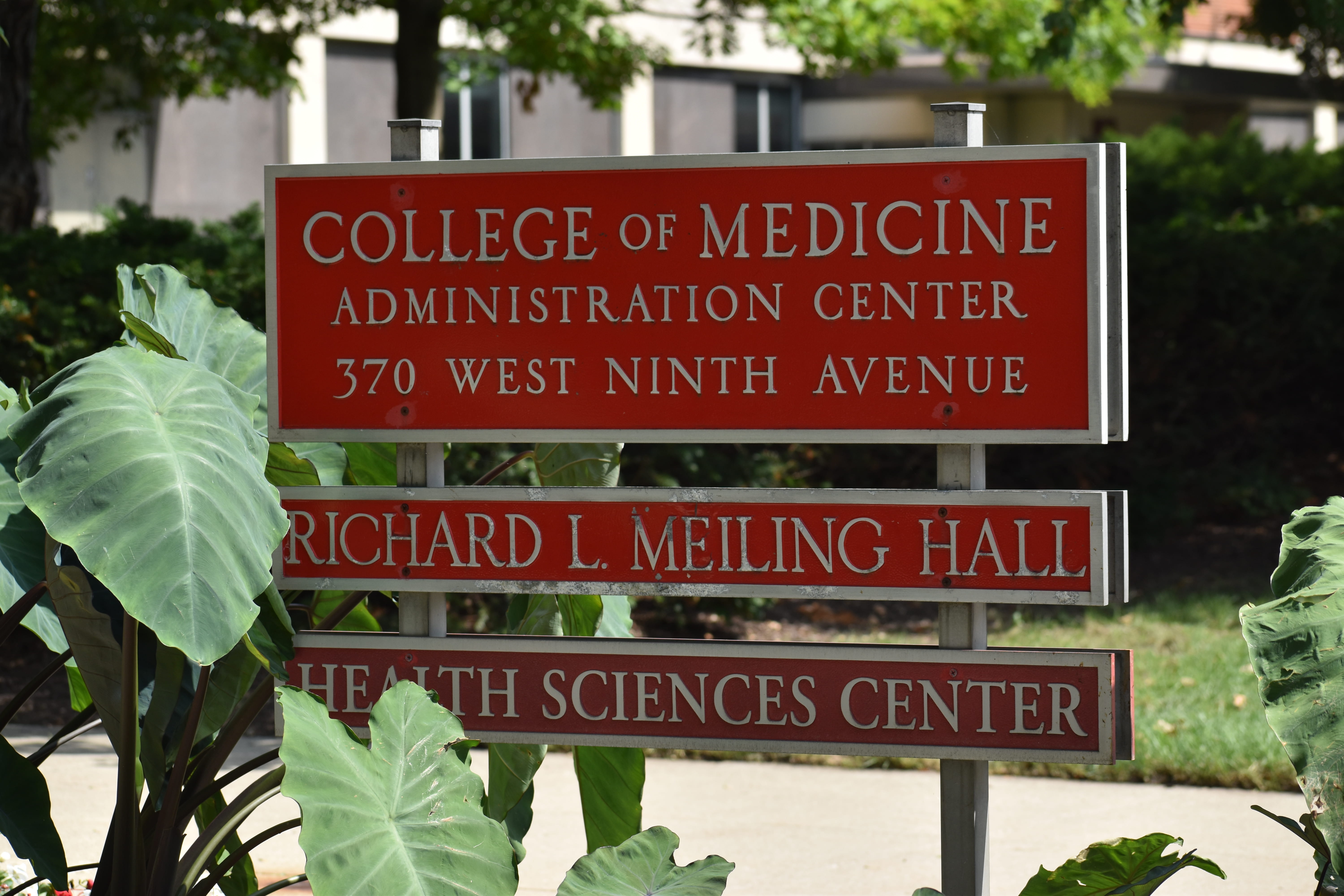
Indivdiuals who used food pantries were much more likely to visit another after the referral from their provider than those who had not previously visited a food pantry. Credit: Mackenzie Shanklin | Photo Editor
A health care provider’s referral may not be enough for individuals experiencing food insecurity to initially use a food pantry, according to a Nov. 12 study from the Ohio State College of Medicine.
The study found individuals’ other social needs — including transportation, associated stigma with using the system and lack of skills to use fresh produce and other food received — can make them less likely to follow a referral, Daniel Walker, an assistant professor of family medicine at the College of Medicine and co-author of the study, said.
Walker said individuals who had previously used food pantries were significantly more likely to visit another after a referral from their primary care provider than those who had never visited a food pantry.
Walker said researchers collected data from two clinics at the Wexner Medical Center at Ohio State that offered food referrals to patients between November 2019 and December 2020. The researchers then screened patients for food insecurity and tracked how many times they went to the food bank.
Aaron Clark, associate professor of clinical family medicine at the College of Medicine and co-author of the study, said referring patients to pantries during a health care visit as another form of treatment contributes to increased food bank use.
“A patient will come in specifically for care of their diabetes, and as part of the visit around ‘How am I going to help you as a patient and as your doctor to improve your diabetes control?’ part of that conversation includes food and an acknowledgment of produce as part of maintaining diabetic control,” Clark said.
Walker said between November 2019 and December 2020, 339 people were referred to use the Mid-Ohio Farmacy, 164 of whom went on to get food from the pantry — around a 25 percent higher return rate than the average at other food pantry programs.
“A part of that is, originally, this was a discreet, targeted program to patients that both have a qualifying chronic condition and are food insecure,” Walker said. “Other programs are designed to kind of lead more to one way or another.”
Walker said the medical center collaborates with Mid-Ohio Farmacy, a food bank from the Mid-Ohio Food Collective that has partners across the central Ohio area, including other health systems and free health clinics. The program addresses food insecurity and connects patients with healthy foods.
Walker said he gets a monthly report from FreshTrak, a data collection service that records demographic information of pantry users, detailing how the pantries are used by patients through the Mid-Ohio Farmacy program. The service allows him to link food pantry usage with potential conditions such as diabetes or high blood pressure, he said.
Clark said the program has enrolled over 1,100 patients since its conception, resulting in more than 2,500 visits to food pantry locations, and will gradually grow across the medical center.
“It’s not cost-free to do this program,” Clark said. “There are costs associated with doing this work and we share some costs with the Ohio Food Collective to achieve that goal, so we’re limited on our expansion by funding. As we develop and expand the funding opportunities, we can expand the program.”


